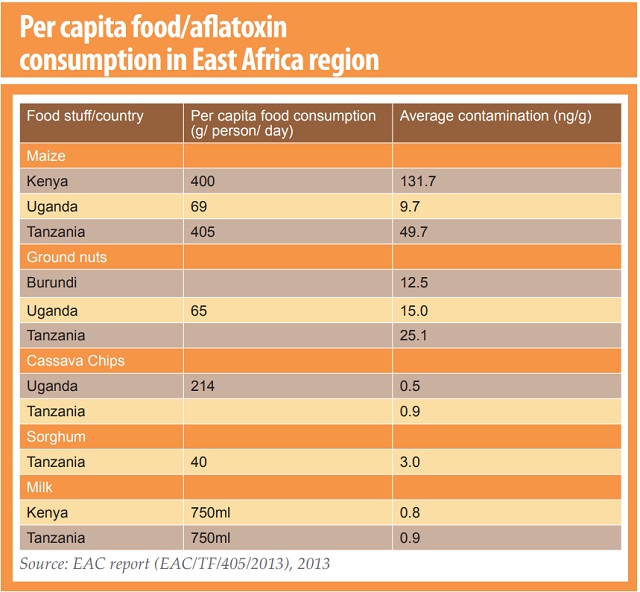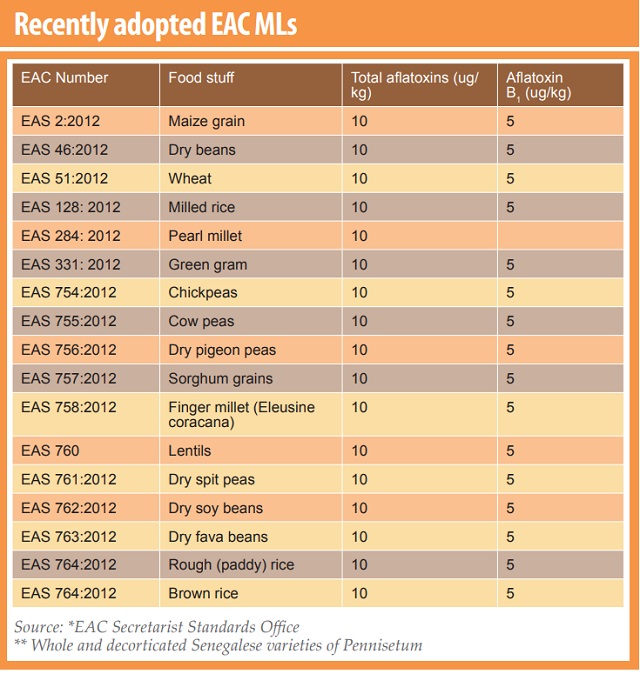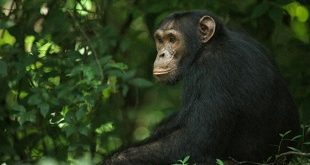
Standards needed
Veteran opposition politician Kizza Besigye also said until a regional standard bureau was established, each country ought to protect its people as it sees fit. “More efforts should be put in setting East African Standards and regional bureaus to enforce them,” Besigye said.
Other Ugandans are similarly concerned about where the rejected maize will go. They argue that if Kenya rejected the maize for being unfit for both human and animal consumption, has the government of Uganda put in place measures to dispose of such grain. If not such aflatoxin infested maize will end up on the plate or as animal feeds.
Agnes Kirabo of Uganda Food Rights Alliance said until the government of Uganda takes food as a governance issue and starts serious regulations on food handling, the food exports from Uganda will keep being banned.
“Government people should stop living in denial. We have a problem with aflatoxins due to poor handling of food and low education to farmers and traders. This poor handling of food is exposing many people to health related risks including cancer,” says Kirabo.
Scientists also warned that aflatoxins are a danger to human health. The Director of Uganda Cancer Institute, Dr. Jackson Orem said Ugandans should tread with caution on the Kenyan ban because aflatoxins— a type of toxin produced by a fungus that remains on crops, especially maize, when not dried and stored properly – is a big threat to Uganda’s effort to prevent liver cancer.
Orem says if it is true that aflatoxins were traced in Ugandan maize as observed by the Kenyan authorities, it could be because of an existing gap in the way the maize was handled at the post-harvest level.
Toxic cost of Aflatoxins
Aflatoxins are naturally occurring toxins, which are produced by molds or fungi (usually greying colour on grain). Crops especially grains attract aflatoxins because of poor post-harvest handling including drying the maize on bare ground.
But Uganda National Bureau of Standards insists Uganda’s official maize exports to Kenya conforms to the standards and are fit for human consumption.
The World Health Organisation estimates that aflatoxin exposure is responsible for more than 30% of liver cancers diagnosed in Africa. Crops like groundnuts, sorghum, millet, sunflower, rice, etc. are also often contaminated by aflatoxins.
Whether Kenya bans or doesn’t ban exports from Uganda, east Africans are already exposed to the risk of eating food contaminated with aflatoxins.
Even if one does not eat the foods that are known to have aflatoxins, they may eat it from livestock products like eggs or milk where poultry or livestock feeds are already contaminated with aflatoxins.
Studies by International Institute for Tropical Agriculture (IITA) and the National Agricultural Research Organisation have found that aflatoxin is a major challenge to the country’s efforts towards food self-sufficiency.
In 2014, researchers conducted a study whose finding was published in the European Union Journal of Tropical Medicine and International Health. It investigated aflatoxin contamination in common foodstuff in Uganda. It involved 100 adults and 96 children under 3 years of age (85 males, 111 female).
The results indicated that every adult and all but four children had detectable levels of aflatoxins. Surprisingly, five babies reported to be exclusively breastfed were also found with detectable levels of the toxins.
The study found that adults who consumed more Matooke (bananas) had lower levels of aflatoxins than adults who did not, possibly, because their diet contained fewer aflatoxin‐contaminated foods such as maize meal (posho or kawunga).
Children who consumed soya, which is not grown locally, had levels of aflatoxins that were almost twice as high as those who did not eat soy. Other studies have estimated 3,700 liver cancer cases reported in the country annually are attributable to aflatoxin contamination. This translates to between US$144.3 and 577.2 million, or 0.53–2.14% of Uganda’s total GDP.

****
 The Independent Uganda: You get the Truth we Pay the Price
The Independent Uganda: You get the Truth we Pay the Price


